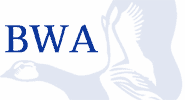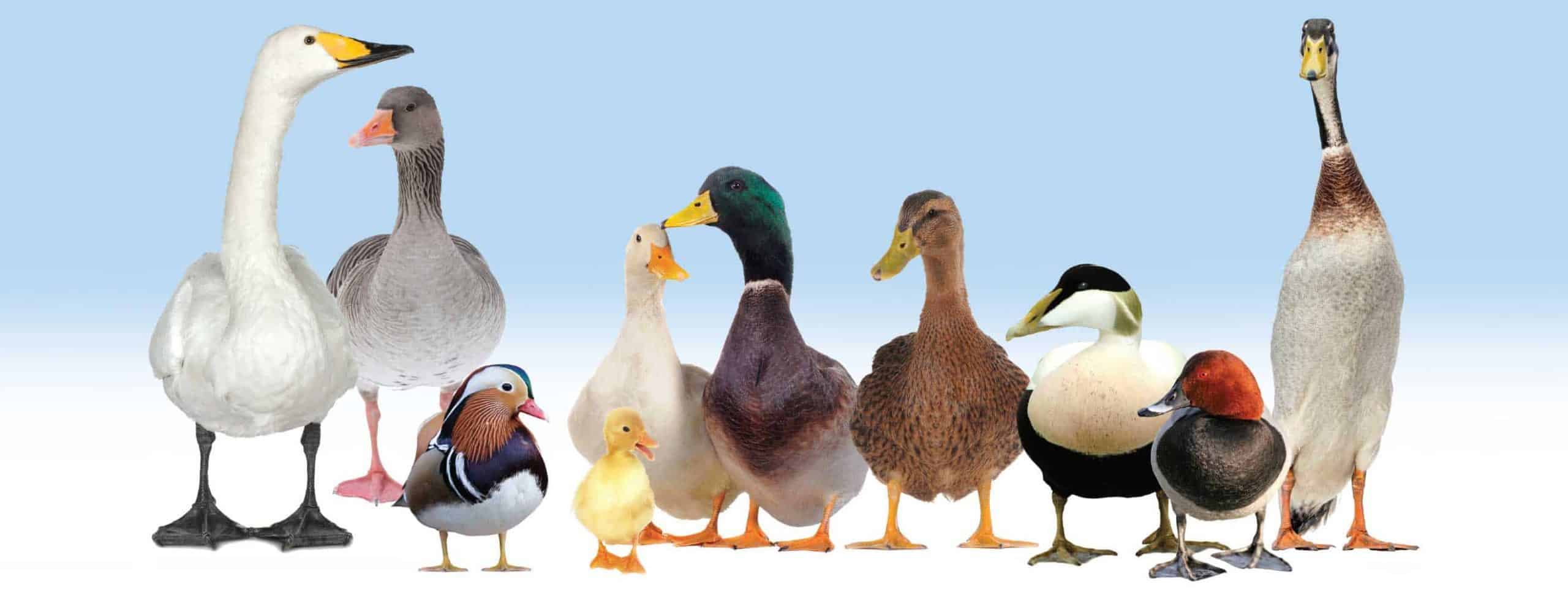Entries in this classified index can only be posted by members, but can be viewed by anyone. There is a charge of £20 a year. You may submit an entry from the Member Area page.
Please mention these pages if you contact a breeder. Thank you.
Filter by County
Arnold & Daphne Zwetsloot
Bedfordshire
Breeders since 1952.
Bufflehead, Eiders, Goldeneye, Long-tailed Duck, Mergansers, Smew, Stifftails, Brent, Emperor, Red-breasted, Ross's plus others.
Rearing equipment & accessories.
Visitors welcome by appointment.
Bufflehead, Eiders, Goldeneye, Long-tailed Duck, Mergansers, Smew, Stifftails, Brent, Emperor, Red-breasted, Ross's plus others.
Rearing equipment & accessories.
Visitors welcome by appointment.
Contact: Arnold & Daphne Zwetsloot
Tel: 01767 640143
Email: ruth.stewart@live.co.uk
Smiths Nurseries
Lincolnshire, Yorkshire
Smiths Nurseries, Main Road, Thorngumbald, Hull, East Yorkshire.
Breeders and Suppliers of Ornamental and Domestic Ducks, Geese and Swans.
Breeders and Suppliers of Ornamental and Domestic Ducks, Geese and Swans.
Contact: Charlie Hardcastle
Tel: 01482 899777
Email: sales@smithsnurseries.com
Glyn and Sandra Pass
Hampshire
Private collection of wildfowl including:
Mandarin, Carolina, Shovelers, Maned Ducks, Bufflehead, Smew, Goldeneye, Eider, Ringed Teal, Whistling Ducks, Marbled Teal, Nēnē, Red-breasted Geese, Lesser White-fronted etc.
Mandarin, Carolina, Shovelers, Maned Ducks, Bufflehead, Smew, Goldeneye, Eider, Ringed Teal, Whistling Ducks, Marbled Teal, Nēnē, Red-breasted Geese, Lesser White-fronted etc.
Contact: Glyn and Sandra Pass
Tel: 02380 814300
Email: pass376@btinternet.com
Grange Farm Cottage
Lincolnshire
Ornamental ducks:
Eider, Falcated, Baikal, Tree Ducks, Spotted Tree, Shellduck, Mandarin, Wigeon, etc.
Eider, Falcated, Baikal, Tree Ducks, Spotted Tree, Shellduck, Mandarin, Wigeon, etc.
Contact: Michael Adcock
Tel: 01476 585354
Email: cladcock1208@gmail.com
Town Knowl Waterfowl
Bedfordshire
Domestic ducks: Black East Indian. Call ducks.
Wildfowl include: geese - Barnacle, Ross's, Lesser White-fronted and Red-breasted. Ducks - Wigeon, Pintail, White-faced Whistling, Chiloé Wigeon, Bahama Pintail, Australian Shelduck.
Wildfowl include: geese - Barnacle, Ross's, Lesser White-fronted and Red-breasted. Ducks - Wigeon, Pintail, White-faced Whistling, Chiloé Wigeon, Bahama Pintail, Australian Shelduck.
Contact: Bridget and Nick Burman
Tel: 01525 402253 / 07974 953870
Email: burmantkf@yahoo.co.uk
Luke Millward
Dorset
Private collection of ornamental wildfowl: species of ducks, geese and swans.
Most species kept: Teal, Divers,Tree ducks.
Also domestic geese and miniature ducks available.
Most species kept: Teal, Divers,Tree ducks.
Also domestic geese and miniature ducks available.
Contact: Luke Millward
Tel: 07788230860
Email: Lkmillward@me.com
Exhibition Waterfowl
Devon
Exhibition quality Welsh Harlequin and Buff Orpington Ducks. Good laying strains.
Also West of England Geese.
Also West of England Geese.
Contact: Tracey Eden or Terry Reddaway
Tel: 07824 649228
Email: oepf@msn.com
Anglia Waterfowl and Poultry
Essex, Norfolk, Suffolk
120 species of ornamental ducks, geese, swans, bantams, large fowl, pheasants, peafowl & guinea fowl.
Contact: Nick Willis
Tel: 07752 160009
Email: anglia.wildfowl@gmail.com
Bruce Howell
Cambridgeshire, Lincolnshire, Norfolk, Suffolk
SWANS: Black, Black-necked, Trumpeter, Whooper.
GEESE: Barnacle, Nēnē, Red-breasted, Ross's.
DUCKS: Eider, Goldeneye, Smew, Teal, Tree ducks, Wigeon, Indian runners.
GEESE: Barnacle, Nēnē, Red-breasted, Ross's.
DUCKS: Eider, Goldeneye, Smew, Teal, Tree ducks, Wigeon, Indian runners.
Contact: Bruce Howell
Tel: 01362 668303
Call and ornamental ducks available
Carmarthenshire
Breeder of Call Ducks Various Colours Available.
Also Various Ornamental Ducks.
Also Various Ornamental Ducks.
Contact: Jayne Arran
Tel: 01267281015
Email: jaynearran@yahoo.co.uk


